Curated OER
Ocean Currents
Fourth graders work in groups to research ocean currents and create posters with their findings. They locate the patterns and names of major ocean currents and identify them on a map. Students also use red pencil to show ocean currents...
Curated OER
Plants
Young scholars illustrate the major parts of a plant, classify some plant foods we eat as roots, stems, leaves, flowers, fruits and seeds. They also name some animals that use seeds, leaves, and fruit for food.
Curated OER
Time Machine: Evolution, Geology
Students are taken on a simulated "voyage" backward in time, to the beginning of our planet. They "witness" that beginning, the origin of life, and a number of key events from then to the present.
Curated OER
Who was Charles Darwin?
Young scholars trace major developments in the history of evolutionary science. They
discuss the connections between major events in world history and major events in the development of evolutionary thought by creating timelines.
Curated OER
Causes and Effects of Earthquakes and Volcanoes
Tenth graders discuss the techniques and tools scientists use to study about the earth, including techniques used to determine geological time scales. They share their personal experiences of earthquakes and volcanoes.
Curated OER
Rhythm, Math, Rhythm
Students play instruments in math class to learn the interconnectedness between math and music. In this math lesson, students subdivide a piece of music, clapping rhythms and charting rhythm patterns in the song. A guided discussion...
Curated OER
Volcanoes: Fourth Grade Lesson Plans and Activities
Young geologists begin exploring volcanoes of different structures and states: active, extinct, or dormant. During the lab, they make three models and compare different types of volcanoes, including composite, cinder cone, and...
Curated OER
Earth Forces
High schoolers use geological techniques such as plate tectonics, mountain building, earthquakes, and volcanoes, in order to explain the earth.
Curated OER
Bioinformatics
Students conduct a series of scientific investigation using bioinformatics. In this molecular biology lesson, students collect experimental data using different educational softwares. They calculate and analyze relationships using...
Curated OER
Microsoft Publisher Country Brochure
Students explore geographic information. In this geography and technology lesson, students choose a county and answer related questions on a Webquest. Students create a word web and design a country brochure.
Music Theory
Music theory.net: The Major Scale
A terrific reference for music students and teachers! Explains the fundamentals of the major scale, provides diagrams, and audio clips to help children recognize this piece of music theory.
Music Theory
Music theory.net: Scale Degrees
A thorough explanation of scale degrees and the various names for each note. Provides illustrated examples and audio clips to enhance the lesson. Terrific resource for music students and teachers!
Music Theory
Music theory.net: Diatonic Triads
Descriptions of diatonic triads: major, natural minor, and harmonic minor. Provides animated illustrations, and a printable chart at the end of the lesson.
Other
Dr. Brian Blood: Music Theory and History Online
An exhaustive resource with everything concerning music theory. From ear training to music history, this site covers it all.
Toby Rush
Music Theory: The Major Scales [Pdf]
A music theory worksheet regarding the major scales. Requires Adobe Reader [PDF].
Texas Education Agency
Texas Gateway: Temperature, Kinetic Theory, & the Gas Laws: Conceptual Questions
This page provides a list of 22 questions over the major concepts in Chapter 13: Temperature, Kinetic Theory, and the Gas Laws from the AP Physics online text.
Open Curriculum
Open Curriculum: Minor Keys and Scales
To discuss the interval patter of minor scales and their difference from major scales
Other
Music Fundamentals
This is like a music theory textbook online. It includes great explanations and assignments, although there is not a way to check your completed assignments. It begins with the basics and goes through triads. Midi files are included.
Other
The Tonal Center/diatonic Scales
A comprehensive summary of basic music theory. Commentary is thorough yet practical. Information on tonality, chords, scales, cadences, etc. This pages is on diatonic scales.
Other
Music Theory First Aid for Struggling Students
This site provides music theory information on such topics as rhythm, intervals, scales, chords, etc. Also, there is a fine section which describes the basic concepts of form and structure.
Music Theory
Music theory.net
An online beginning music theory and ear training site. This site is for students to use at home to reinforce what they learn in class.
Music Theory
Music theory.net: Key Signature Calculation
An explanation of key signature calculation for advanced music students. Discusses the use of sharps and flats in music composition, with illustrated examples. (You may need to download Flash player to view this site.)
Open Curriculum
Open Curriculum: Scales That Are Not Major or Minor
To explain the various musical scales that cannot be classified as major or minor such as chromatic, whole-tone, pentatonic, blues, and scales from non-Western music

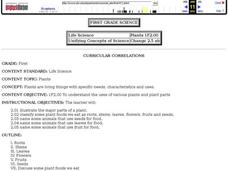

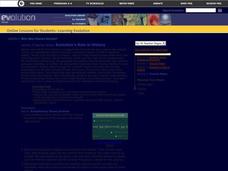




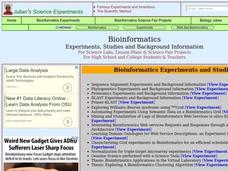
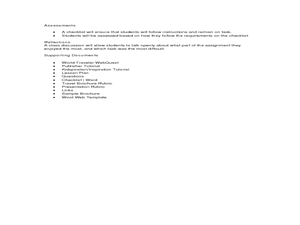



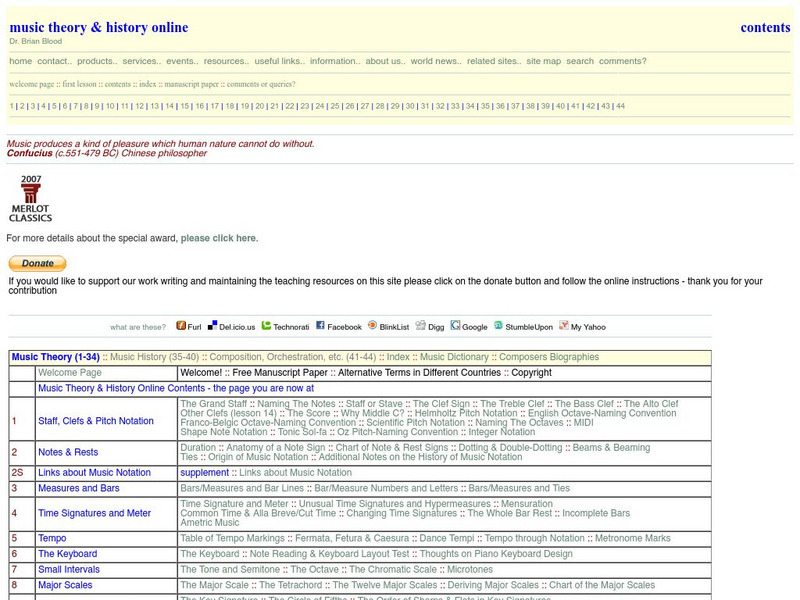
![Music Theory: The Major Scales [Pdf] Handout Music Theory: The Major Scales [Pdf] Handout](https://d15y2dacu3jp90.cloudfront.net/images/attachment_defaults/resource/large/FPO-knovation.png)








